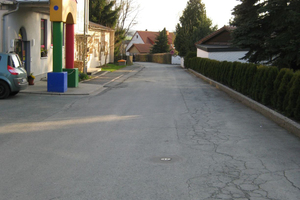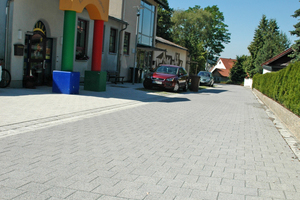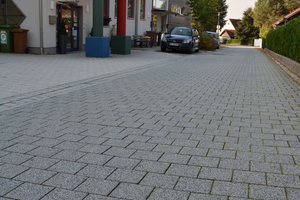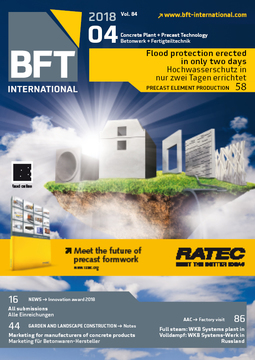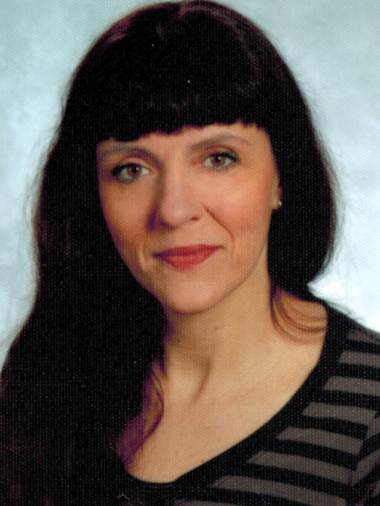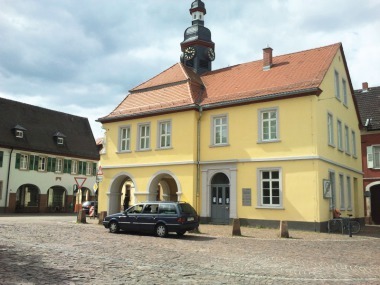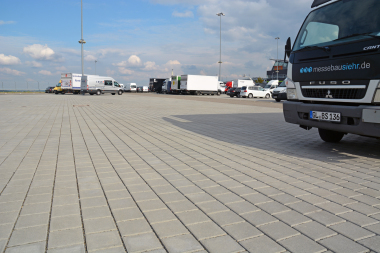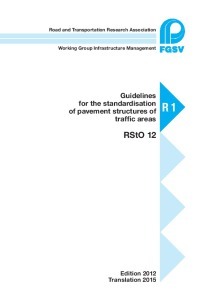Pavement system passes long-term test
The municipality of Issigau, with a population of over 1000, is located on the eastern edge of the Franconian Nature Park in Germany. When, more than ten years ago, the green light for a subsidized rehabilitation measure was given, the responsible planners had to meet three objectives at the same time.
Dipl.-Ing. Thomas Müller of the authority for rural development in Upper Franconia, in Bamberg, Germany, described the situation at the time (2011) as follows: “The old asphalt roads in Issigau were in very poor condition. The wide roads and the narrow footpaths in the inner city, moreover, tempted many motorists to drive far too fast. For that reason, we searched for a new road pavement that would noticeably enhance the appearance of the rural community, that would also have a traffic calming effect, and that could also durably withstand the traffic loads.”
Changed visual perception
Project planners considered the crucial planning element for the new pavement concept to be the visual demarcation of various areas, achieved with different kinds of pavement. In accor-dance with this approach, most traffic lanes were again provided with asphalt pavement. For footpaths, intersection zones, T-junctions, and a number of totally traffic-calmed roads, however, the planners also decided on the use of special concrete pavers.
The Einstein pavement system from Angermüller, a company near Coburg, Germany, came into use here, the light blasted surfaces of which provided a good contrast to the dark asphalt. “In this way, the paving blocks fulfilled two functions at once,” explained Reinhard Schnabel of the consulting engineering firm of the same name based in Konradsreuth, Germany, who had planned the measure at the time. “For one, pavers blasted to provide the “light granite” color shade enabled a very harmonious visual effect as well as the desired welcoming quality for pedestrians. At the same time, by varying the pavement impression, we have created a change in visual perception, aimed at achieving traffic calming. The change of pavements in the various areas directly signals to motorists that pedestrians and cyclists have the right of way.”
Damage prevention with a special pavement system
Apart from the visual appeal of the pavement and the issue of traffic calming, planners placed strict requirements on pavement loadbearing capacity for the weights imposed on the approx. 4,000 m² of paved surfaces. Reinhard Schnabel: “High shear forces act on the pavement, in particular at intersections. All these areas should be constructed such that the weights commonly applied by light trucks and waste collection vehicles cause no damage.“
Even today, after up to six years in service, it can be stated that the planners made the right decision when originally choosing the Einstein pavement. An inspection of the paved areas was jointly carried out in the spring of 2017 within the scope of warranty acceptance with the client, the municipality, and the construction company. This inspection revealed that the areas exhibited no defects despite the above-described traffic loading. Reinhard Schnabel adds: “The overall appearance of the paved areas is now, as before, very good. Neither spalling nor fracture of the blocks is evident, nor does the color of the surface look as good as in its original condition.”
The joint as prerequisite for a functioning surface
The planner sees the basis for this effect primarily in a special design of joint characteristics, which is system-inherent to the Einstein pavement. “For every paved area, it is of critical significance that the joint and/or the joint space can effectively bear traffic loads,” explains Schnabel. “This is requisite for achieving optimal transmission of shear and horizontal forces between the pavers. These forces generated by traffic are attenuated and uniformly transferred into the unbound granular material.”
Joachim Gronwald of Angermüller explains: “The transition elements at the paver flanks are responsible for these characteristics and are accordingly arranged in pairs in such a way as to prevent any shifting within the block configuration. One element of the transition-element pair always has cylindrical form, and the other tapers conically towards the top. This creates chambers that accommodate joint material in all aggregate sizes and enable maximum composite action. Because there are only very few contact points between the pavers, the entire surface also remains elastic over the long term.

